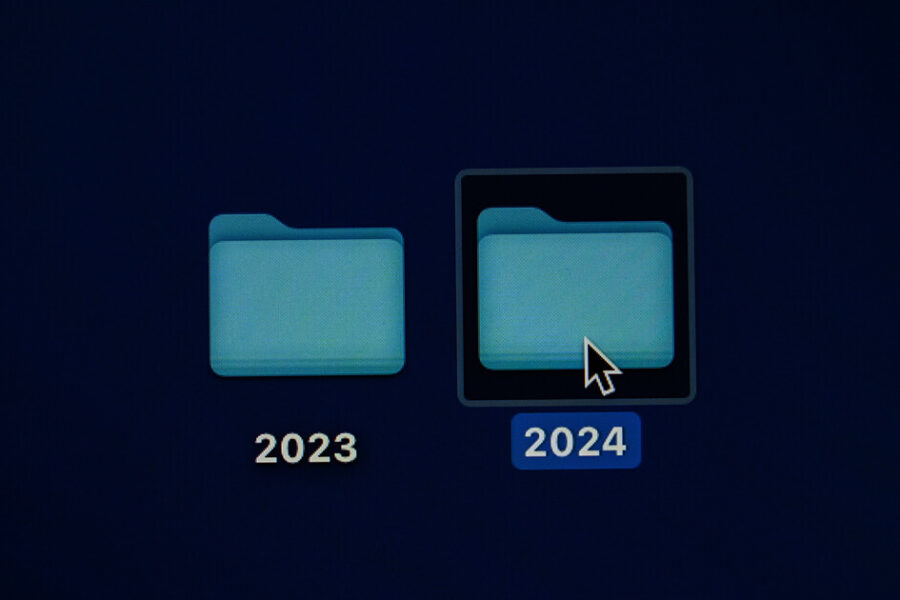Is your recruitment website equipping candidates with the knowledge and the drive to register their CV, apply for a job or find out more? If not, it’s not doing its job and you will be missing out on talented candidates.
Putting yourselves in your candidates’ shoes – thinking about their motivations and seeing things from their perspective – is a great first step to improving the candidate journey on your website. And the smoother and more seamless the candidate journey, the more likely they won’t drop out of the process and that they will find and apply for a job. Get the candidate journey right on your recruitment website and you will significantly increase your chances of securing perfect placements for your candidates and great new hires for your clients.
First impressions matter
You haven’t got long to impress a website user. Research has shown that it takes just 50 milliseconds to form an opinion about your website before a user either stays or leaves. To ensure that the candidate journey begins at all, you need to make sure that the design is uncluttered and clean, that it is visually appealing, that the copy is engaging and the messaging is clear. As soon as they land on your website, candidates need to be engaged visually, they need to know who you are, what your values are and whether your website will help them.
Be mobile optimised
There is nothing more frustrating than opening a webpage on a mobile and find that the formatting is all over the place and it’s essentially unusable. When that happens, users will just click away – probably onto a competitor’s website. Given Statista has found that, as of February 2022, nearly 56% of internet traffic is mobile and our own RecWebs Google Analytics data shows that 34% of traffic to recruitment websites is via a mobile device, that’s a lot of talented candidates you could be missing out on. Without mobile optimisation, candidates won’t even begin their journey through your website.
Slow and steady doesn’t always win
When it comes to page load speed, fast is always the winner. Users won’t wait around for a page that takes a long time to load and it makes you look unprofessional. It doesn’t matter how great your website looks or how interesting your content is, if it takes too long to load visitors will leave before they’ve even properly landed.
Google’s current recommended page load time is 2 seconds – any longer and your ranking will be affected. This is because the longer a page takes to load, the higher the probability that the visitor will bounce – and this is even more likely with mobile visitors. Google found that as page load time rises from one to ten seconds, the probability of a mobile website visitor bouncing increases by 123%. For all visitors, the likelihood of bounce increases by 32% as page load time goes from one to three seconds. Clearly, speed matters.
Intuitive navigation is key
Navigation is crucial to a positive candidate experience and a seamless journey. Given most recruitment websites are designed to target both candidates and clients, it is imperative that candidates know where to go to find what they need, whatever page they land on first. This is why every page on your recruitment website should have a homepage mindset.
When a user lands on a page, wherever that may be on your website, they need to know who you are, what you do, where they are on the website, where they should be going next, and how to navigate to that point. For candidates that means a clear delineation between the candidate path and the client path on the homepage and obvious links to key pages in the header, including the Candidate, About Us, Job and Blog pages. Clear signposting is key so that they take the journey you want them to, depending on what point in the decision process they are.
Make your jobs page easy to use
If a candidate makes it to your jobs page, they have clearly moved away from the awareness stage and are in the discovery stage, potentially even ready to apply if they find a suitable job. So make it easy for them by presenting them with an easy to use jobs page that offers filters to help them find exactly what they want. It is vital to offer a range of job search functions to make searching for the right job easier. The ability to refine a job search is key. Include extra fields such as job categories, salary ranges and locations to help candidates fine-tune their results. Giving users as many options as possible when searching means they can filter the results depending on their requirements. Make it too difficult and you run the risk of candidates giving up and clicking away onto a competitor’s jobs page.
A quick application process will avoid drop-outs
This is a pivotal moment in the candidate journey. Once a candidate has landed on your website, journeyed to your jobs page, found a job that fits and feels ready to place their trust in you and apply, you’re nearly there – but your website’s job is not done yet. The primary cause of candidate drop out is a long, overly complicated application process. Don’t force a candidate to fill out too many fields, don’t insist on a cover letter, don’t ask for multiple documents to be attached, and don’t make them duplicate anything they’ve already had to fill out. This is all even more vital when you consider the number of candidates using a mobile to apply for a job. On that note, ensure the application form is easy to use on a mobile device, with easy to tap buttons and expandable fields.
Different journeys, same website
What’s crucial to remember is that every candidate journey will be different, depending on what stage they are in the process. Candidates that are keen, actively looking for a job and have heard of your recruitment business before (maybe from a previous visit to your website or through word of mouth) may progress straight to the jobs page, or perhaps to registering their CV or setting up a job alert. Others may journey around your website, looking at your About page to find out more about you as a business, the Candidates page to see what the process entails and what support they might receive, viewing your blog page for advice articles or to gain some industry insights (this will also have a bearing on the way they perceive you as a business – a recruiter that has a deep understanding of the industry will be more likely to be trusted). A candidate may return to your website several times before they are ready to apply for a job but the candidate journey is just as important even if it takes longer – sometimes you need to play the long game when it comes to recruitment marketing. However, with every positive touch point they have with your website, the more likely they will return and also recommend you to other candidates.
The candidate journey can take many twists and turns but in order to ensure the outcome is positive, that journey must be seamless. You could lose a candidate at any stage in the process so it’s imperative that your recruitment website design enables a candidate journey that not only encourages them to travel to the application stage and beyond but that furthers your branding position as a recruiter to be trusted and a leader in your field.





